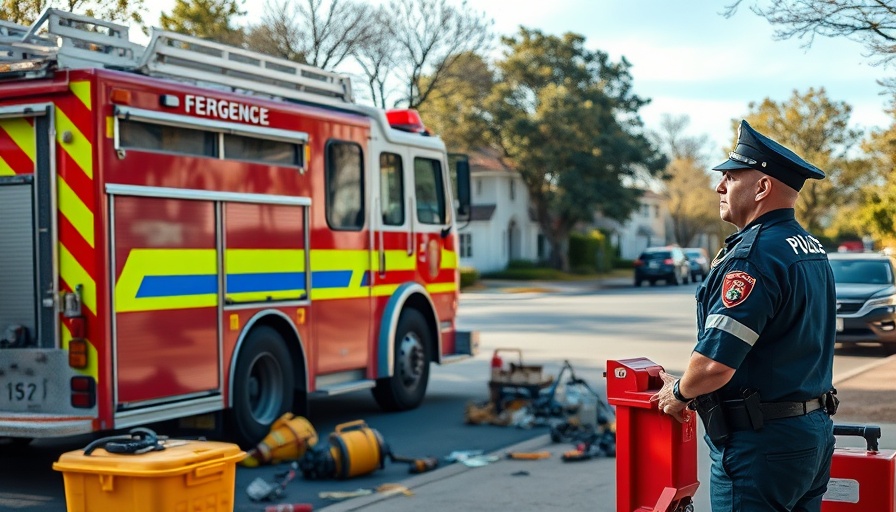
Understanding the Origins of Northern Wildfires
Recently, Doug Cuthand raised a striking question about the origins of wildfires in Saskatchewan, prompting readers to reflect on how these disasters ignite and how they intersect with our understanding of climate change. His comments center around a vital yet often overlooked aspect of wildfire discourse: the actual causes of these devastating fires. The media frequently emphasizes the impacts of wildfires yet seldom explores how they truly begin, which warrants further examination.
The Climate Change Connection
Wildfires are increasingly linked to climate change, triggering drastic climatic shifts that fuel their intensity and frequency. According to the Intergovernmental Panel on Climate Change (IPCC), rising temperatures and altered precipitation patterns create ideal conditions for wildfires to thrive. In Saskatchewan, as in many other regions, the pattern of longer dry seasons leads to increased ignition sources—whether natural or human-caused. Thus, addressing climate change isn’t merely an environmental issue; it's essential for safeguarding lives and properties.
Media's Role in Public Awareness
Cuthand’s inquiry also highlights a crucial point about media representation. Coverage often fixates on the aftermath of wildfires but neglects to provide comprehensive insights into their causes. By framing this discourse, media outlets could better inform the public, enabling communities to understand the risks associated with wildfires and advocate for preventive measures. Educating the public allows individuals to contribute to discussions on land management practices and response strategies.
Steps Towards Effective Prevention
To effectively curb wildfires, it is essential to educate communities about their causes and the importance of forest management. Measures such as controlled burns and clearing debris can significantly reduce fire risks. Communities, particularly in wildfire-prone areas like Saskatchewan, should prioritize resilience-building and strategize around sustainable practices to mitigate the fire threat. A proactive approach could involve implementing community workshops aimed at equipping residents with knowledge and resources.
Compassion and Community Action
As fire seasons grow longer and more unpredictable, senior citizens, who often bear the brunt of such disasters, need to feel informed and empowered. Supporting local initiatives that aim to educate disconnected seniors can foster resilience and mutual aid networks. Initiating community gatherings can help members share personal experiences and strategies, transforming how they collectively respond to wildfire threats.
By reflecting on Cuthand's insights, we can shift the narrative from one of destruction to one of preparedness and resilience. It is incumbent upon all stakeholders—including media, policymakers, and community members—to engage in dialogue about wildfires and climate change. Together, we can pave the way for informed discussions about sustainability, safety, and stewardship in our shared environment.
***If you want to stay informed and engage with local discussions around climate change and its implications, consider joining community initiatives focused on wildfire prevention and environmental awareness.***
 Add Row
Add Row  Add
Add 




Write A Comment